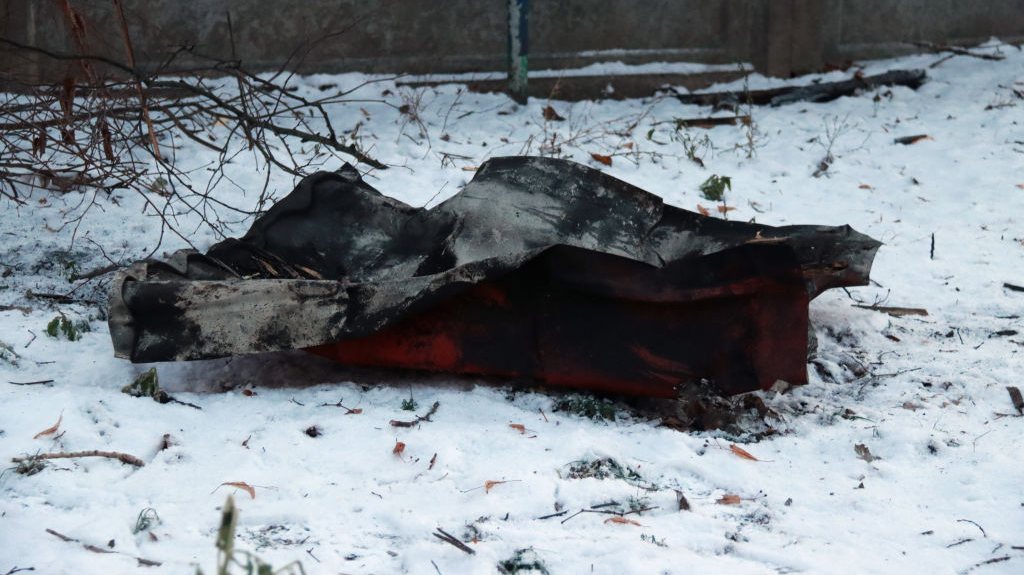An investigation group analyzed the warhead of an Iranian Shahed-131 drone, recovered in Odessa, concluding that it must have been altered to increase its destruction capacity.
Follow our live blog of the war in Ukraine here
Iran will have modified the drones it is supplying to Russia to cause maximum damage to the targets hit in Ukraine, CNN advanced, citing a report by Conflict Armament Research (CAR).
In January, researchers from CAR, a UK-based group that investigates arms supplies to countries in conflict, were able to analyze a warhead from an Iranian Shahed-131 suicide drone, recovered in the Odessa region in October last year. . The results were released this month and indicate that the material will have been modified to have a more destructive effect.
kyiv was attacked with kamikaze drones during the morning of this Monday. What are they and what are their advantages?
Drone manufacturers will have included layers of metal fragments in the warheads, which upon impact with the target disperse over a high radius. In addition, the researchers also noted the presence of 18 small charges around the circumference of the warhead.
According to the CAR, with the changes it was possible to maximize the destruction capacity of the affected infrastructures and make repair work more difficult. “It is as if they looked at the warheads and thought: ‘How can we make them more destructive?’“, summed up to CNN Damien Spleeters, one of the researchers who examined the equipment.
The CAR discovery, which in another report revealed that Iranian drones found in Ukraine have Western components, allowed us to better understand how Iran produces this equipment. “There has been a lot of speculation that these drones are very simple and cheap. But looking at the warhead, it’s obvious that a lot of thought has gone into ensuring that it can inflict as much damage as possible on the infrastructure.”
For several months now, Ukraine has been accusing Russia of using Iranian drones to attack critical infrastructure, particularly electrical and civil infrastructure. Moscow has denied the accusations, while Tehran has admitted to delivering a supply of such equipment, but before the start of the Russian invasion on February 24 last year.
These devices are not known to be the most effective on the market, but they are comparatively cheaper, allowing Moscow to carry out multiple attacks.
Recently, Iran and Russia announced plans to build a drone factory on Russian soil. The two countries intend to install a new factory in the town of Yelabuga, a source from a country aligned with the United States revealed to the Wall Street Journal.
Iran and Russia have plans to install drone factory on Russian territory
The American newspaper points out that if the project goes ahead, in the coming years the Yelabuga factory will have the capacity to produce 6,000 Iranian drones.
Source: Observadora
